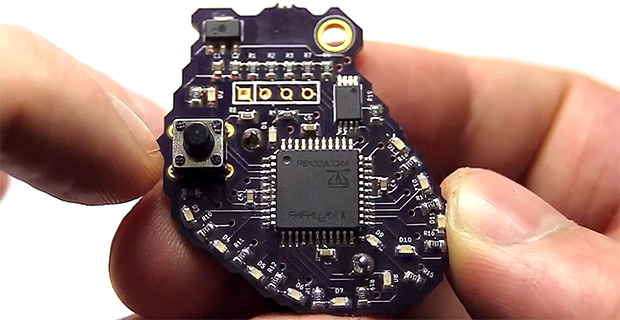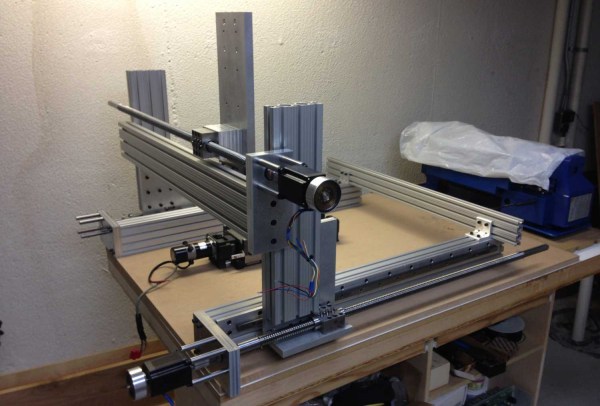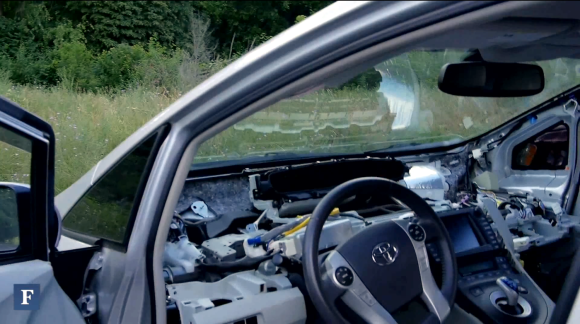
A few years ago, [Addie] over at Tymkrs put together a spooky little Halloween project: a small Propeller board that emulates the electrical signals in a heart. As a cardiac nurse, she thought her project could use a little improvement, and after two years she’s finally done. It’s a heart-shaped board that simulates electrical signals moving through the heart.
There are several key areas that conduct electrical signals through the heart – the sinoatrial node, atrioventricular node, and bundle branches all work like players in an orchestra to keep a heart beating like it should. If something goes wrong with one of these, the heart goes into tachycardia or fibrillation – not good, by any measure. [Addie]’s board simulates all the different ways a heart can go wrong with LEDs standing in for the electrical signals in a real heart. The name of the game here is to look at the LEDs and tell what state the heart is in.
The PCB heart is just one part of [Addie]’s heart simulator. The simulated heart can also plug into a neat little heart-shaped project box wired up with a solenoid, LCD display, headphone jack, and other electronics to turn this electronic heart into a complete study tool for heart rhythms. The nurses in [Addie]’s unit love the thing, and it looks like [Addie] might have a real cardiac training tool on here hands here.
















